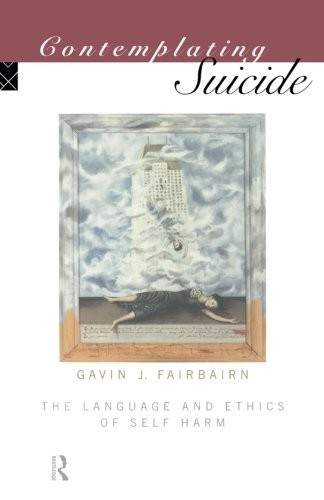Harry Brant Passed Away :
0

Category: Overdose
On January 17, 2021, Harry Brant sadly passed away due to an accidental overdose at the age of 24. He was struggling with addiction for a few years. He was the son of Stephanie Seymour and Peter Brant. Brant was a son, a brother, a grandson, an uncle, and a friend. "He was a creati
Date : 12 Mar 2021
Created By : lashley03 Read More








